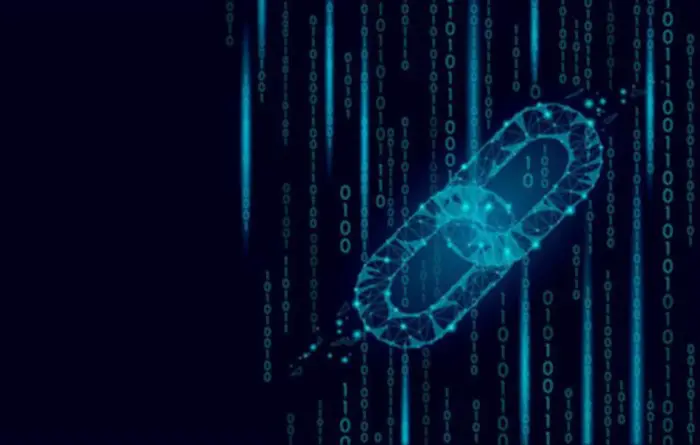Extensive simulations validate the model’s accuracy and reliability, showing vital enhancements over present approaches. Zhang et al. [8] suggest a framework for task offloading in MEC, aiming to balance vitality consumption and task latency. The article proposes a collaborative task offloading scheme, the place duties are offloaded to edge servers, and computation outcomes are reused to additional enhance effectivity. By leveraging partial offloading and outcome caching, the system reduces redundant computations, thus optimizing useful resource use. A game-theoretic approach is adopted to mannequin consumer cooperation and task offloading, minimizing energy consumption. The article also explores the advantages of computation outcome https://innovacoin.info/what-i-can-teach-you-about-13/ sharing between users, lowering overall computational load.
Benefits Of Using Fog Computing For Companies
On the opposite hand, fog computing extends cloud computing and services to the sting of an enterprise’s network, enabling real-time information analysis and decision-making. It processes knowledge directly on gadgets on the source, guaranteeing excessive operational velocity and effectivity. Fog computing places a decentralized enterprise computing layer between the supply of knowledge and a central cloud platform. Like edge computing, fog computing additionally brings the processing power closer to the place the data is extracted from.

Difference Between Edge Computing And Fog Computing

The idea behind edge computing is to reduce back the quantity of data that must be sent to the cloud or a central server for processing, thereby lowering community latency and improving overall system efficiency. All three, fog computing, edge computing, and cloud computing, are completely different computing models. Hence, the choice to choose the one ought to be primarily based in your necessities and the scale and sort of your business. For occasion, fog computing is your finest option for those on the lookout for real-time response purposes or who need to cut back the load on the system and cloud. In contrast to fog computing and edge computing, cloud computing provides limitless data processing and storage capacities. It just isn’t related to the centralized information server for limitless functioning.
- Both strategies have their pros and cons, but one key issue that units them apart is responsiveness.
- Cloud computing relies on centralized knowledge storage, with all processing and evaluation taking place at a central location.
- This also results in concerns over the safety of this data created, which is turning into increasingly common as Internet of Things units become extra commonplace.
- The improvement of fog computing buildings gives organizations much more choice to process information and knowledge where relevant.
Key Variations Between Cloud, Fog, And Edge Computing
It truly wants more growth with optimization methods and AI algorithms. Fog computing is utilized in Internet of Things (IoT) functions to process data where it’s generated quite than in a centralized information middle or cloud. By bringing processing and storage closer to the sting of the network, fog computing can improve performance and reduce latency for IoT applications. The integration of data is a key issue that differentiates cloud computing from fog computing. Cloud computing depends on centralized data storage, with all processing and analysis taking place at a central location.
Cloud Vs Edge Fog Computing: Features Compared
IoT usually entails the collection and analysis of huge quantities of information. Cisco estimates that by the tip of 2019, IoT will generate more than 500 zettabytes (500 trillion gigabytes) per 12 months in data. A lot of that knowledge might be sent to the cloud to be processed, examined, analyzed, digested and in the end acted upon. Cloud computing permits companies to avoid or reduce upfront IT infrastructure prices and lets them give attention to their core companies instead of spending sources on pc infrastructure and upkeep. Cloud additionally has the large benefit of immediate availability of simply about unlimited capacity. And, the cloud has turn out to be the go-to solution to be used circumstances needing enterprise analytics.

KEFSAR uses high-accuracy prediction algorithms to optimize energy usage by bearing in mind the unpredictable nature of solar vitality availability, corresponding to climate adjustments and shadows. The routing strategy employs a mix of classification and recurrent neural networks (RNNs) for power prediction and incorporates a shadow judgment methodology to improve accuracy. KEFSAR dynamically adjusts network routing primarily based on solar depth, improving both the power effectivity and longevity of the network. Experimental results show that KEFSAR enhances prediction accuracy by 30%–50% and extends network lifetime by 10%–42%.
This knowledge enables organizations to make knowledgeable decisions and shield themselves from vulnerabilities at each, enterprise and technological ranges. Edge and fog computing bring computing power nearer to the info supply, allowing data to be processed with out the quick want for a central cloud platform. Both computing methods are rising technological ecosystems with futuristic purposes. Finally, real-time analytics that leverage artificial intelligence and machine studying to generate actionable business insights rely on the info collected from quite a few edge computer systems.
Using their model, they derive efficiency metrics corresponding to system throughput and resource utilization. They also look at profit-related metrics for EDC administrators, offering insights on how to maximize profitability whereas maintaining efficiency under susceptible situations. Simulation experiments validate the accuracy of the mannequin and suggest methods for optimizing EDC performance and safety. The results spotlight the significance of balancing useful resource allocation and system protection in edge computing environments.
Additionally, the tactic considers each technical and legal constraints, ensuring that the forensic course of adheres to legal requirements whereas maintaining data integrity. Experimental validation demonstrates the methodology’s efficacy in identifying and addressing IoT-related cyber incidents. Yao et al. [6] tackle the optimization drawback of model caching and request routing in edge-enabled wireless sensor networks (WSNs). The focus is on enhancing the efficiency of deep neural network (DNN) fashions underneath constraints like price range, latency, and accuracy. The proposed resolution considers each loading price and useful resource sharing in a collaborative edge environment. The drawback is confirmed to be NP-hard, and an approximation algorithm primarily based on randomized rounding is introduced.
Instead of processing data on the source (as with edge) or at distant centralized locations (as with cloud), fog computing operates closer to the source however not precisely at the supply. In this computing model, fog nodes are strategically positioned throughout the network, including on the edge and inside the community infrastructure. These nodes have extra computational power than typical edge gadgets and can perform extra complicated knowledge processing and analysis. Fog computing is a distributed computing mannequin, which implies that it can scale to satisfy the needs of huge and complicated techniques.
There is another strategy to information processing similar to fog computing — edge computing. The essence is that information is processed directly on devices without sending it to other nodes or data centers. Edge computing is especially beneficial for IoT tasks as a outcome of it provides bandwidth financial savings and improved data security.
